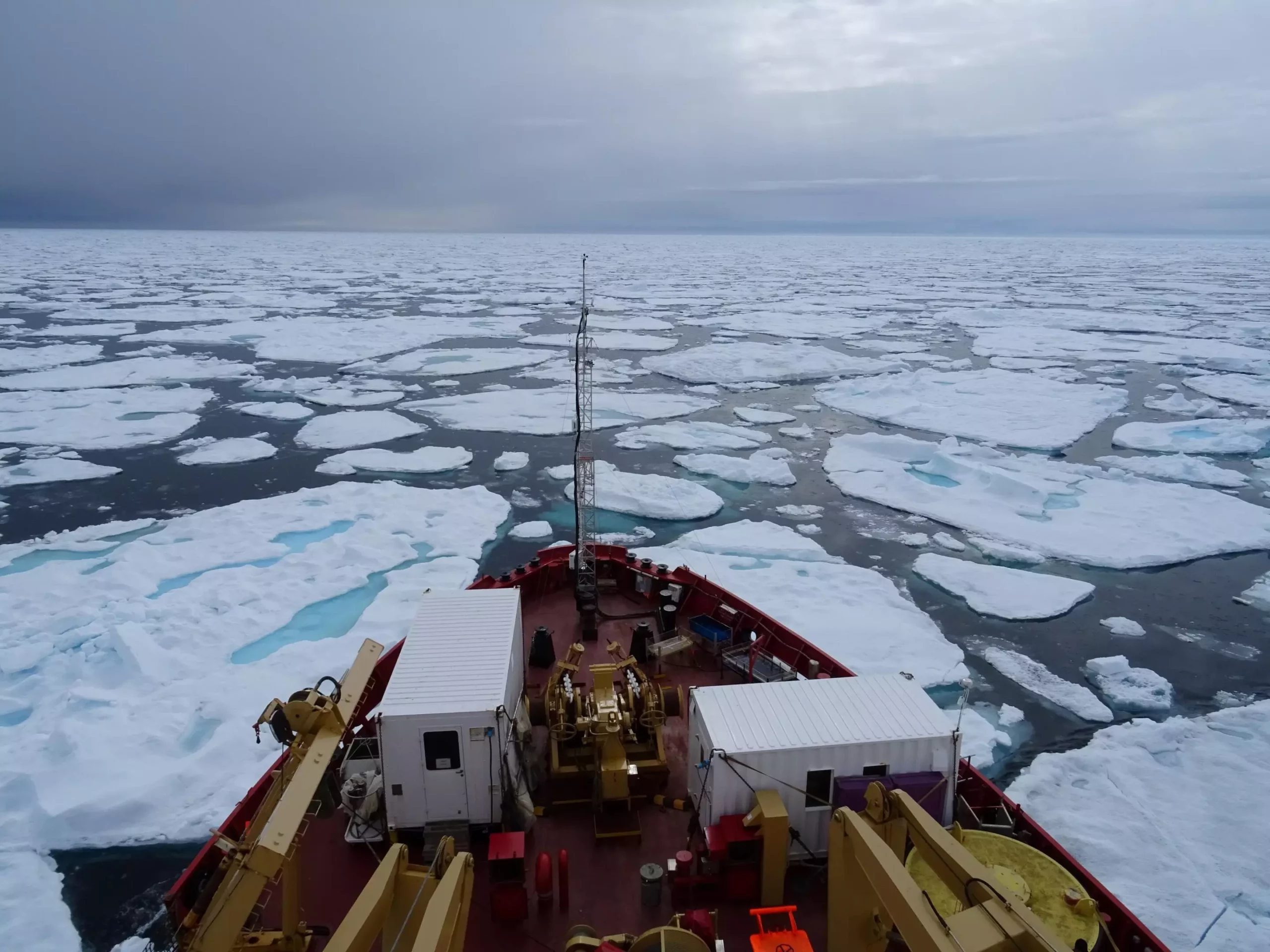In an era where the effects of climate change are becoming increasingly visible, one expectation that soon fizzled was the Northwest Passage (NWP) emerging as a bustling alternative shipping route. Initially hailed as a potential commercial goldmine due to dwindling ice levels, new research presents a sobering perspective. An analysis published in *Communications Earth & Environment* highlights how the very phenomenon that was supposed to unlock these polar pathways has instead made navigation increasingly perilous and less reliable.
The Complex Nature of Sea Ice Dynamics
Between 2007 and 2021, fluctuations in sea ice conditions revealed a paradoxical trend—rather than witnessing a lengthening of the ice-free season, significant portions of the NWP experienced a grim reduction in navigable weeks. By employing sea ice charts from the Canadian Ice Service, researchers like Alison Cook meticulously documented the viability of these northern routes for ships of a specific class designed for icy conditions. Astonishingly, they unearthed that areas like the eastern Beaufort Sea saw a staggering 14-week reduction in navigability. It’s counterintuitive that as climate change accelerates the melting of ice in the Arctic, shipping routes become encumbered by thicker and older ice that poses greater operational hazards.
Choke Points and Increasing Risks
A particularly distressing finding of the study is the identification of choke points within the NWP, where navigation is significantly hampered. Regions like M’Clure Strait and Viscount Melville Sound exhibited a decline of up to 25 navigable weeks in comparison to less obstructed sections. This ice density transforms these routes into hazardous passages, raising concerns for shipping companies and reinforcing the unpredictability of Arctic navigation. The older ice, a remnant of centuries past, seemingly transitions from a thawing boon to a veritable blockade, proving that truth can be stranger than fiction when it comes to nature’s response to human-induced changes.
Community Vulnerabilities and Future Implications
The implications of these findings stretch beyond the realm of commercial shipping and into the daily lives of coastal communities within the Canadian Arctic Archipelago (CAA). Many of these communities depend on shipping for essential supplies, and a decrease in navigable weeks could spell disaster for food security and economic stability. The prospect of an unreliable shipping season serves as a stark reminder that climate change isn’t just an abstract concept confined to scientific discussions; it has real-world consequences that ripple through local economies and food supplies, heightening the vulnerability of already transient Arctic communities.
Rethinking Expectations
As we continue to grapple with the ongoing impacts of climate change, it is imperative that businesses and policymakers reassess their optimism regarding emerging shipping routes. The Northwest Passage is not blossoming into the maritime highway many anticipated; instead, it serves as an example of the complexities of environmental change. Any future considerations regarding Arctic navigation must incorporate a nuanced understanding of how these shifting dynamics actually undermine accessibility, making what once seemed compelling a cautionary tale of environmental unpredictability. The potential of the NWP, to be viable as an alternative trade route, may need to be revisited with a more skeptical lens, ensuring that we approach Arctic navigation with both hope and caution.

